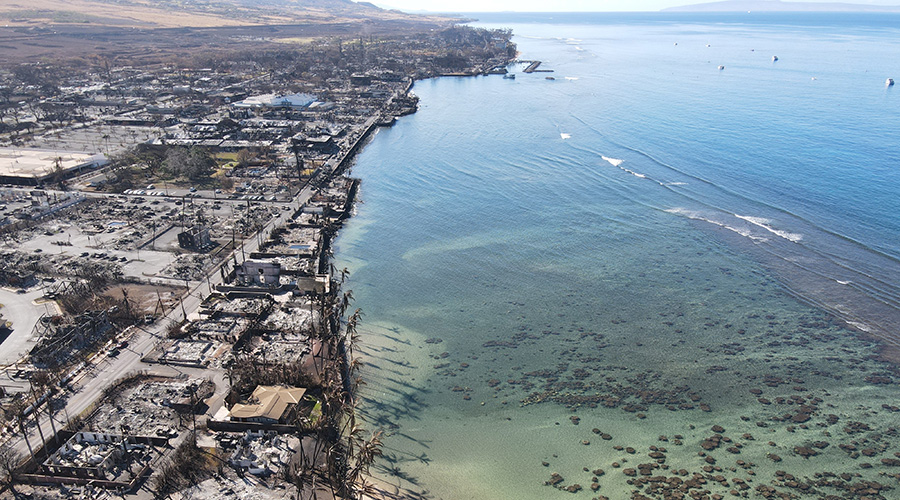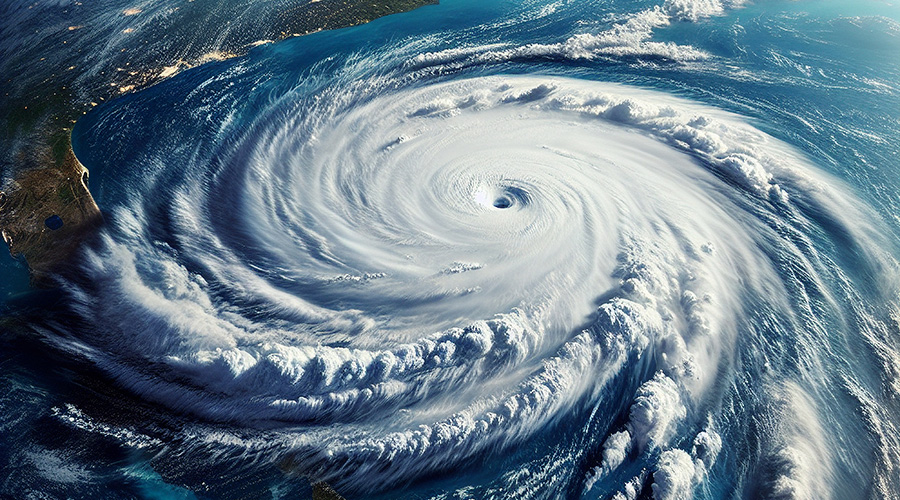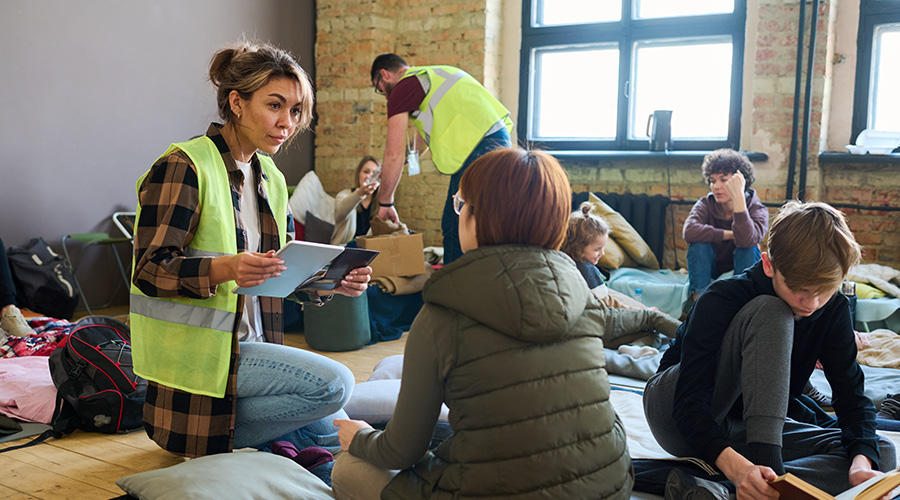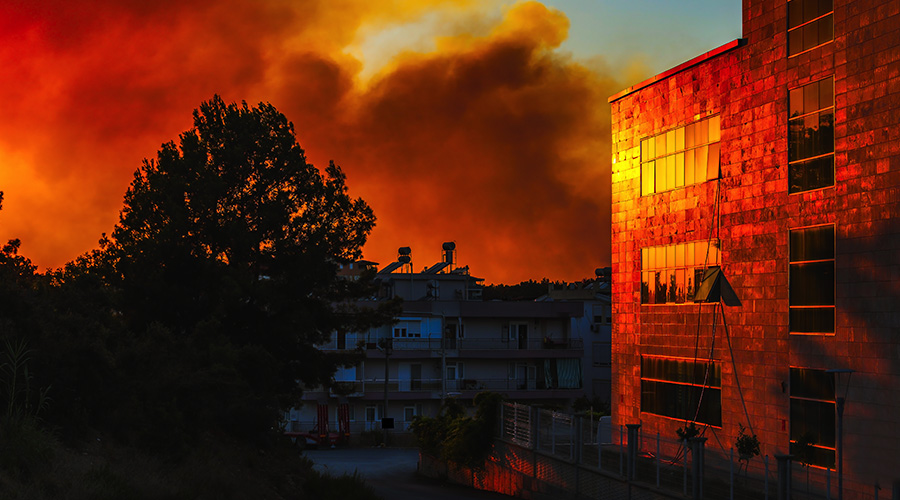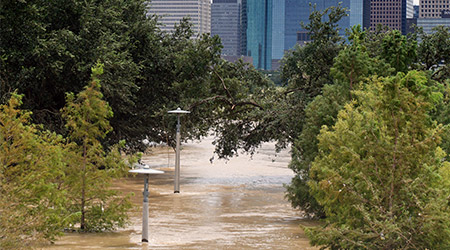 The hurricane season of 2017 was the most costly in U.S. history, with estimates of damage north of $250 billion. Three hurricanes in particular — Harvey, which hit southwest Texas, Irma, which hit Florida, and Maria, which devastated Puerto Rico — wrought massive damage. Each of these three storms also brought unique emergency preparedness and disaster recovery challenges for facility managers. The stories that follow show lessons learned from each of these three storms.
The hurricane season of 2017 was the most costly in U.S. history, with estimates of damage north of $250 billion. Three hurricanes in particular — Harvey, which hit southwest Texas, Irma, which hit Florida, and Maria, which devastated Puerto Rico — wrought massive damage. Each of these three storms also brought unique emergency preparedness and disaster recovery challenges for facility managers. The stories that follow show lessons learned from each of these three storms.Hurricane Harvey: Cancer Center's Emergency Preparedness Pays Dividends
At MD Anderson Cancer Center in Houston, preparation included setting up more than 100 floodgates. The facility survived the storm with minimal flooding.
At The University of Texas MD Anderson Cancer Center, flood drills are a matter of course. Every April, says Matthew Berkheiser, associate vice president and chief safety officer, the emergency preparation and facility team runs a drill during which they install the facility’s 100 flood gates, check generator fuel, and make other preparations. “Every year, we do a hazard vulnerability assessment before hurricane season,” he says.
So when Hurricane Harvey hit, they were ready. “Really, we’d started preparing for Harvey after Allison in 2001,” says Berkheiser. “We’d gotten some FEMA grants to raise our generators and other critical equipment from the second to the fourth floor. And we installed a flood barrier around the main campus.” That barrier benefitted from some creative design: A gorgeous marble decorative wall at the front entrance to the hospital, says Berkheiser, is actually part of the facility’s flood barrier.
MD Anderson Cancer Center is a complex within a complex — it’s part of the Texas Medical Center, and itself includes three campuses with a 665-bed inpatient hospital, outpatient clinics, research and development facilities, classrooms, and more.
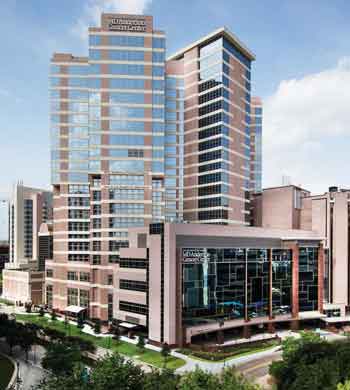
(The MD Anderson Cancer Center set up cots in offices and conference rooms, not clinical areas that would need to be disinfected. Jim Olive Photography)
As Harvey approached, Berkheiser and his team began distributing more than 1,000 cots around the facility for staff, patients’ families, and others. He says one lesson he’d learned from past hurricanes is to set up sleeping quarters in conference or office areas — areas that wouldn’t need to be disinfected to be put back into operation, like clinical areas would be. “They have to clean those thoroughly to get them back in operation,” he says. “And that slows down recovery time.”
The storm itself provided “the worst flooding I’ve ever seen” around the Texas Medical Complex specifically, and Houston generally, says Berkheiser. But the facilities’ flood gates held — the only issue was some water in first-floor hallways that filtered into the basement. The water was a result of nearby manhole covers that were popped off as a result of pressure from flooded storm sewers.
Berkheiser says about 50 staff — including housekeeping, engineering, and health and safety staff — rode out the storm in the facility, protecting about 550 patients who remained in their beds the whole time.
The organization set up accounts with ride sharing services like Uber and Lyft to get employees to the facility once the floodwaters in the area receded enough for roads to be passable. They also sent out shuttle buses into area neighborhoods to get employees to work and provided onsite daycare for employees. These all helped with the speedy recovery efforts, and better patient care throughout the recovery process, Berkheiser says. As well, a mass communication systems texted employees during and after the storm to keep them apprised.
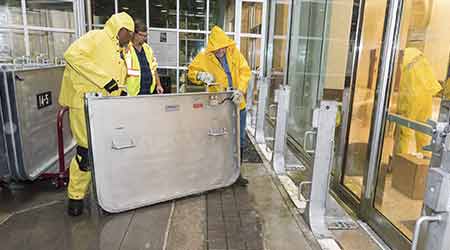
(Staff set up one of the 100 floodgates that helped MD Anderson Cancer Center survive the storm.)
Berkheiser says one thing he’ll do next time is to make sure there is staff onsite to help prepare food. Patients included, the hospital slept about 1,000 people at its facilities during the storm, and while it had enough food to last about seven days, if necessary, Berkheiser says different staff had to pitch in to prepare the food. It’s little things like this that sometimes get forgotten in the chaotic run-up of storm preparations, he says.
Along similar “devil is in the detail” lines, Berkheiser suggests making a complete check of elevators in parking garages especially but also throughout the facilities. Some elevators are designed so that if water is detected in the pit, the elevator automatically moves away. Others are not, and those get swamped pretty quickly, requiring expensive clean-up or replacement.
The real lesson learned, though, says Berkheiser, is that you never stop learning lessons. And make sure your people are taken care of, as well. “There’s an emotional impact,” he says. “You have to tell them ‘thank you’ for their hard work.”
Email comments and question to greg.zimmerman@tradepress.com.
Related Topics:

















